
Tehmina Pirzada
Texas A&M at Qatar
“’Where are the Girls?’ Spectral Girlhood in South Asian Young Adult Literature” discusses Manjula Padmanabhan’s The Island of Lost Girls (2015) and Prayaag Akbar’s Leila (2017) as dystopian fictoscapes on the brink of ecological and technological disasters, but are similarly haunted by the question, ‘where are all the girls?’ My primary focus is to explore how the texts construct missing girls as distinctly marginal but contentious in their imagined worlds. As a result, the human/non-human presence of girls in these texts compel the readers to engage with issues of identity and embodiment.

Tathagata Som
University of Calgary
This essay/chapter is part of my doctoral dissertation where I investigate the re-conceptualization of human and non-human relations in South Asian novels. Following Amitav Ghosh’s critique of the European realist novel for perpetuating a bourgeois and gradualist worldview in The Great Derangement: Climate Change and the Unthinkable (2016), there has been a renewed interest in the limits of the novel form in the context of climate change and the Anthropocene. In this essay/chapter, I examine how South Asian vernacular novels have resisted and critiqued the Western individualist subject by imagining alternative human and non-human relations that do not depend on an ontological split and hierarchy between the human and the non-human.

Simran Mittal
Guru Gobind Singh Indraprastha University
The essay “Manjula Padmanabhan’s Escape and The Island of Lost Girls: A Posthumanist Interrogation” is a part of my PhD research. It will situate Manjula Padmanabhan’s duology within the theoretical framework of posthumanism, using the work of Rosi Braidotti, N. Katherine Hayles, Donna Haraway, Karen Barad, and Francesca Ferrando. Does the duology posit posthumanism as an adequate solution to the clash between the Anglo-American feminism enforced by the cis-heterosexual women on Vane Island and the postcolonial feminism of Meiji? Can posthumanism create an alternative space for people like Meiji, who contravene not only the human constructions of gender (by identifying neither as man nor as woman), but the constructions of human itself?

Sonakshi Srivastana
Indraprastha University
Through a sustained engagement with Animal’s People, and the Bhopal Gas Tragedy, I will navigate through the contested terrains of interconnectedness, environmental justice, and the question of the “human” as it figures in the Age of the Anthropocene.
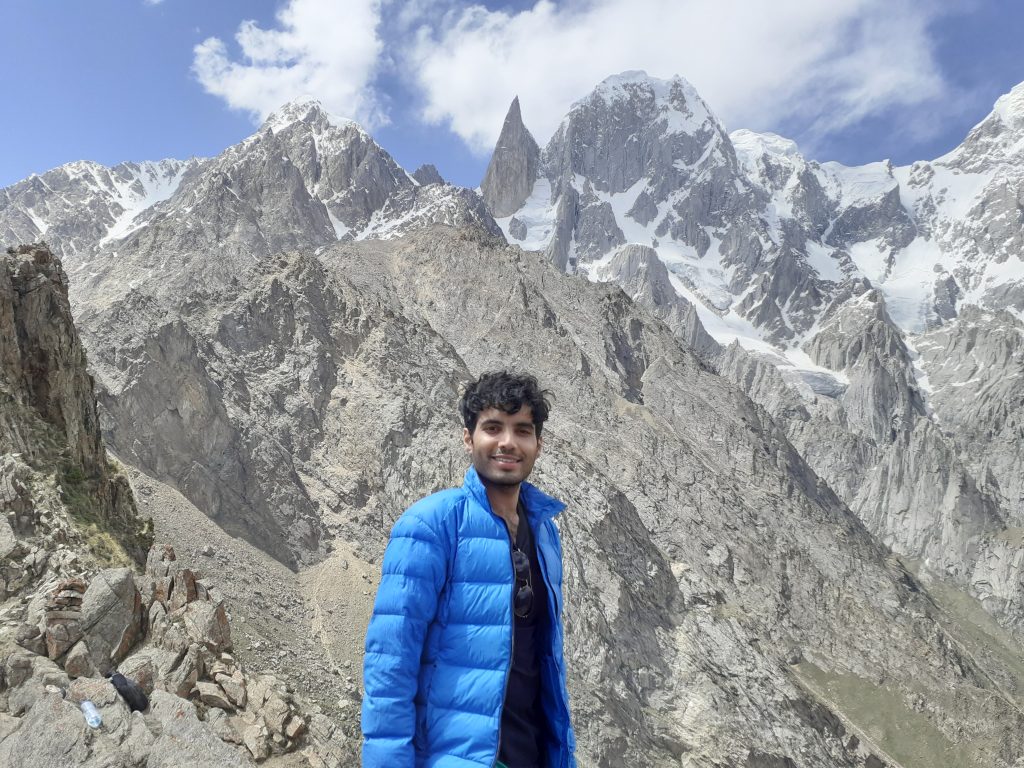
Ihsan Arsalan
Lahore University of Management Sciences
Traversing glaciers in the Karakoram range of Pakistan has raised questions of how human encounters with glacial ice challenge the flaws within the “human subject”? What does it mean to share corporeal ties with a glacier and feel pain, disdain, disgust, and the anxiety that accompanies loss on a dying planet? My paper on Uzma Aslam Khan’s Thinner Than Skin is a part of this larger project on glaciers. Tracing the resistive functions of nonhuman-human enmeshment, this paper analyses the emotional and corporeal aspects of Thinner Than Skin, and their larger transformative effects.

Rimi Nandy
Adamas University
My research proposes to study the effect of technology, in the form of social networking sites, in the restructuring of the idea of memory. The changing role of memory in the perception of narrative identity clearly depicts how computer technology and internet technologies has influenced the representation of the self on SNS, specifically Facebook.
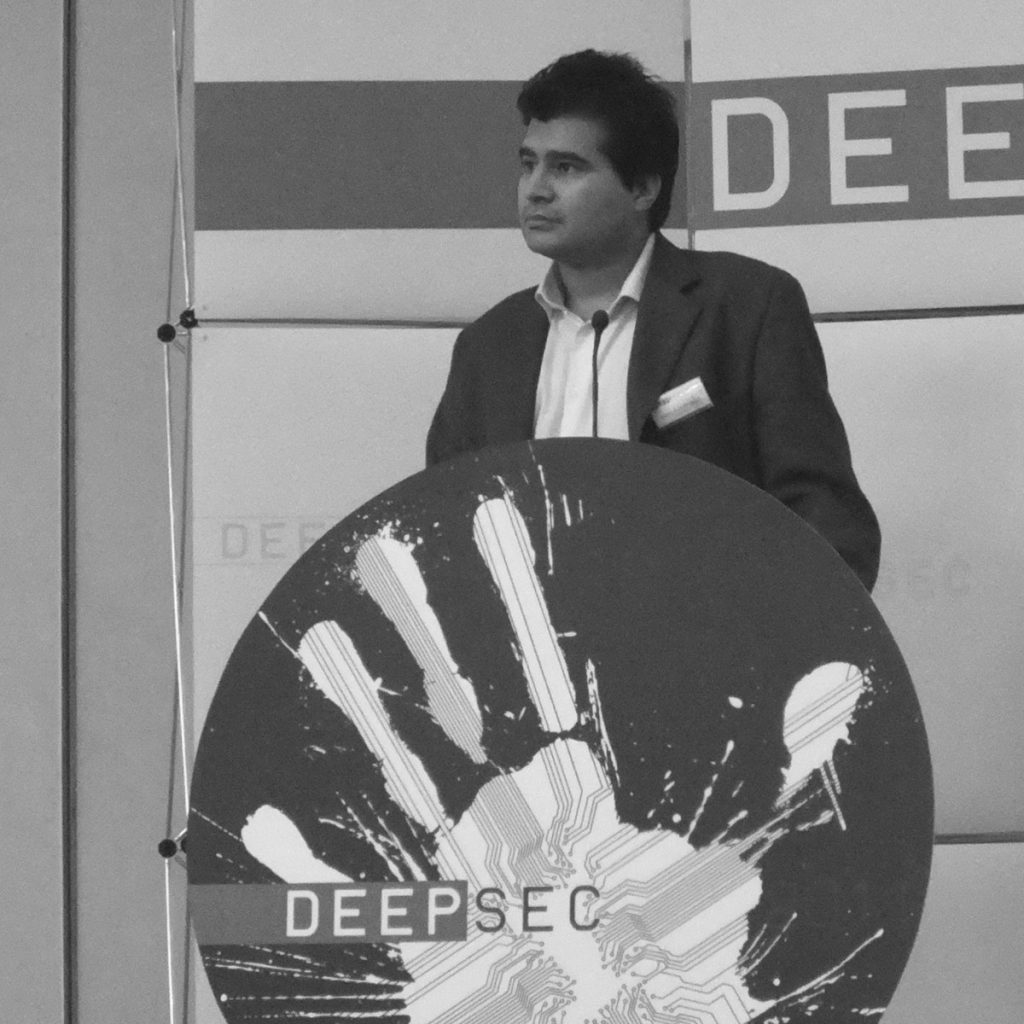
Mario Valori
Le Belle Lettere
My project concerns the relationship between the concept of human and non-human, starting from a new reading of Poe’s poem “The Raven”. What are the changes if we consider the bust of Pallas not a representation of Athena, goddess of wisdom and a symbol of culture and study, but a representation of Pallas, the nymph killed by the goddess by mistake in the classical myth?
The obvious symbolism of traditional reading is entirely modified, leading to solid parallels between pairs of characters that invest deep relationships between the human world (the narrator and Lenore) and an inhuman world (Athena, who symbolises the narrator, and Pallas, who instead represents the victim) and enrich the work with new meanings and interpretations. Of course, I don’t want to prove that this reading is correct and that Poe really meant a nymph. Instead, I want to emphasise how a literary artifice in the style of Borges, an upside-down reading, can add even more pathos and charm to a text that is already immortal in the Western canon.
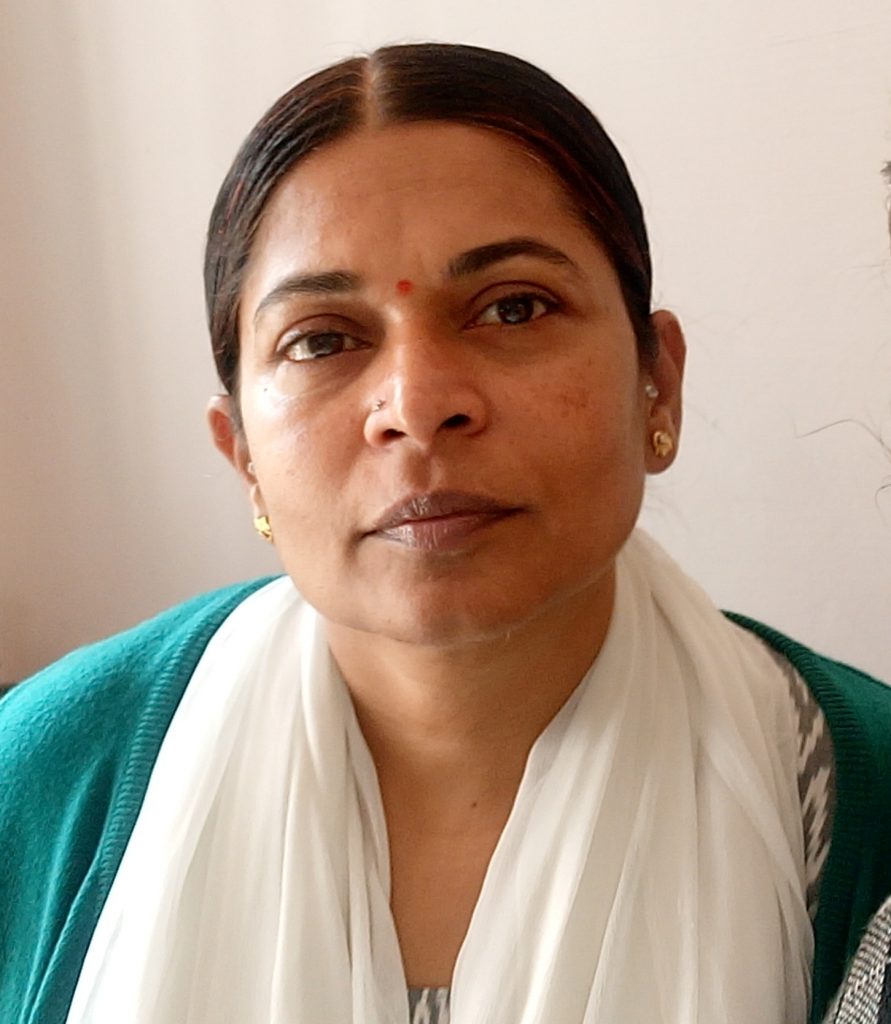
Amodini Sreedharan
Independent Researcher
JANAKI LENIN’S OUEVRE RECLAIMING CENTRALITY OF NON/HUMANS: The monograph in- progress from which this paper is drawn reclaims centrality of non/humans . Lenin’s oeuvre seeks and promotes the idea of effective blueprint catering young students from primary to higher education. Subsequently the future generation grasp the equal status of non humans too as essential as humans.

Lorena Bickert
University of Bamberg
In this dissertation chapter, my reading of Daryl Gregory’s 2011 zombie novel Raising Stony Mayhall challenges the human/nonhuman dichotomy in the context of representations of the American Self as heroic. I argue that, in Stony, more-than-human dimensions of ecological crisis are narrated through zombie corporeality, thereby reconfiguring anthropocentric narrative patterns like the traditional hero story. My reading of the novel shifts the focus away from the human hero and towards the corporeality of ecological crisis, drawing attention to species interconnection, but also to species extinction and the ramifications of crisis for various human, nonhuman, and more-than-human bodies. The paradoxically alive zombie body can be read as a corporeal manifestation of the value of “other” notions of life, incorporating bodies who cannot breathe, bleed, move, or feel into a more-than-individual form of zombie consciousness.
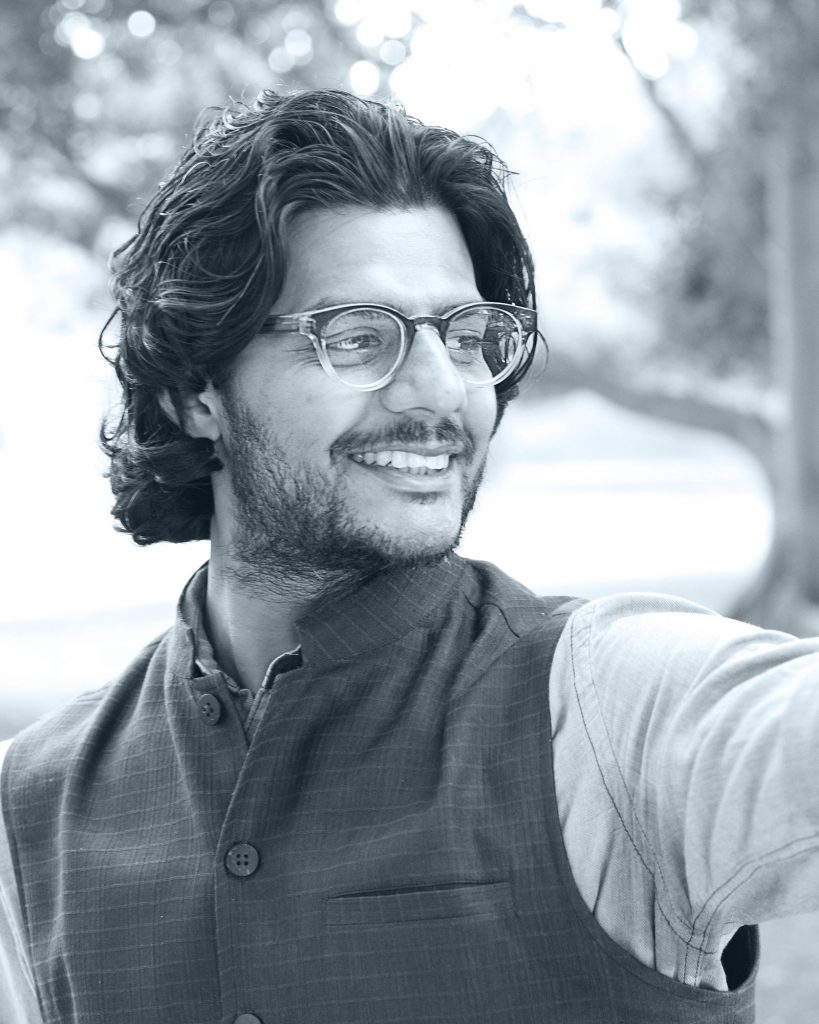
Anirban Gupta-Nigam
University of California Humanities Research Institute
My ongoing project, The Xenophobic Imagination, explores how racist discourse regulates boundaries of self, other, and community in post-Civil Rights Era US film and society. Staging a dialogue between a tradition of Black Studies and Ordinary Language Philosophy, I track reverberations of the normative reorganization of democracy in ordinary life, revealing frequencies at which intimate life gets caught up in (racist) reasons of state.
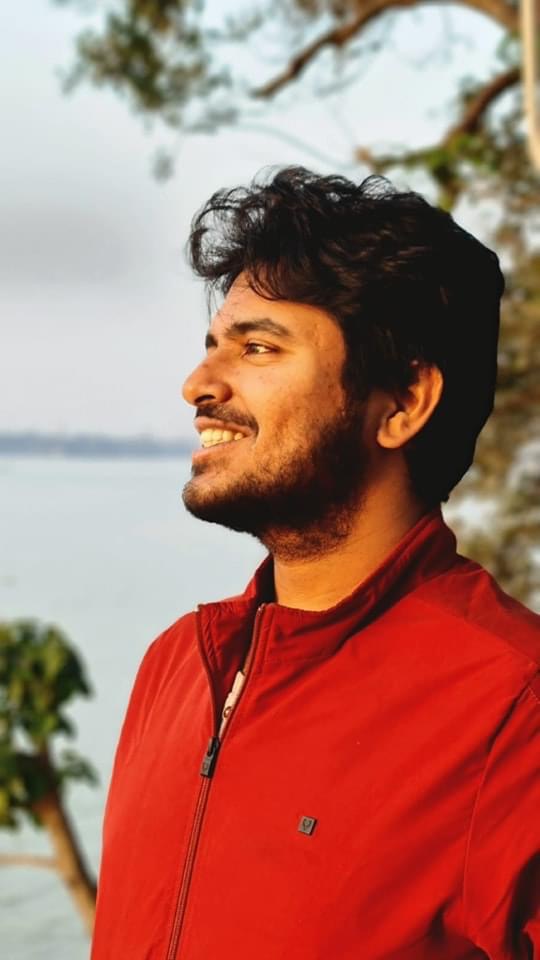
Agnibha Banerjee
Adamas University
Recent advances in artificial intelligence, biotechnology, and genetics have blurred the already precarious boundary between the human and the nonhuman. This paper locates Ishiguro’s Klara and the Sun in such a liminality to examine how the bodies of those ideologically demarcated as less-than-human are commodified, circulated, and discarded. I investigate how institutionalized objectification and exploitation of black bodies, in Ishiguro’s dystopian world, expand to encompass the entire planet, with androids, genetically modified humans, and the earth itself functioning as sites of extraction.

Sababa Monjur
Philipps University Marburg
My close reading of The Handmaid’s duo, MaddAddam trilogy, Salt Fish Girl, and The Tiger Flu suggests that these speculative fictions can function as the theoretical testing grounds for both worst- and best-case scenarios by shedding light on the dangers posed by techno-scientific research that neither considers the ramifications of its own advancement on ecosystem nor the consequences of deregulation of biotechnology that affect humans and non-humans alike. I argue that, rethinking both governance and ethics from a revised and reconstructed premise of equality, the authors envision a political ecology with insightful strategies that centralises environmental ethics, resource management and non-anthropocentric realities where all living beings are protected.
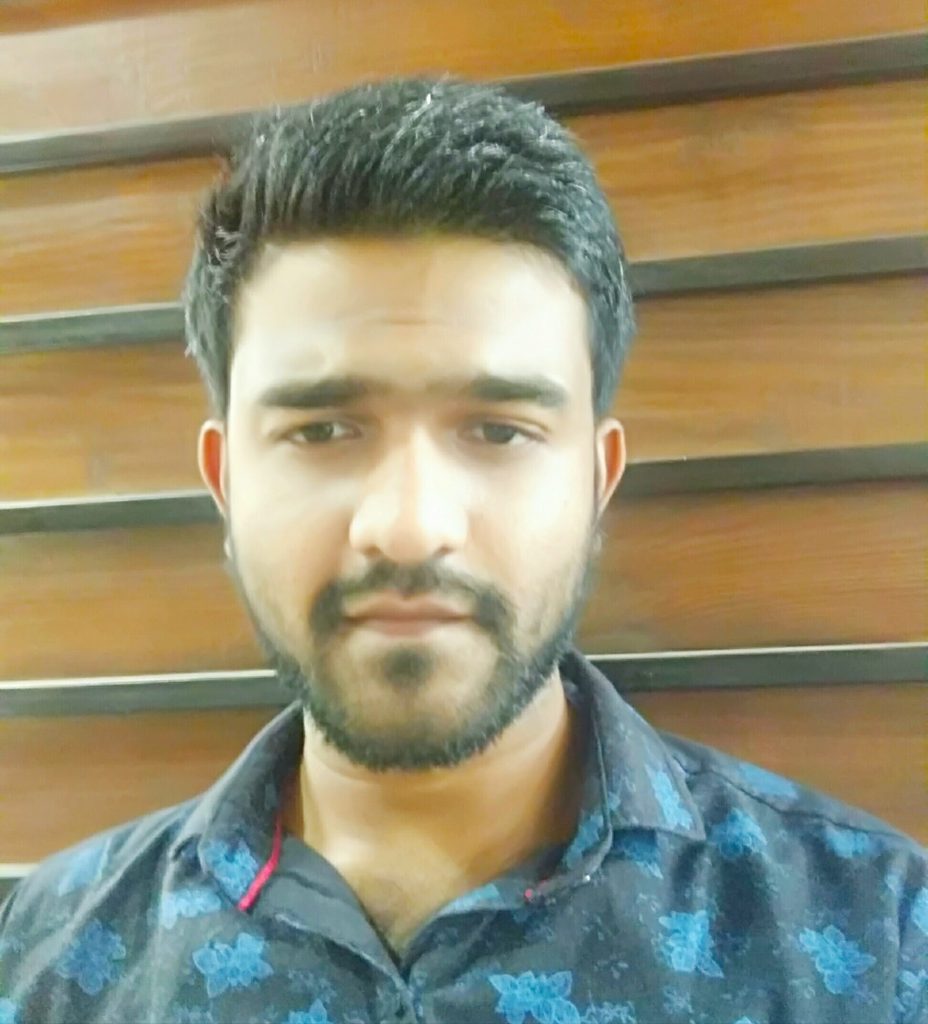
Amit Mandal
University of Delhi
The dualism between mechanical wetware and biological wetware within the narrative dynamics of HBO’s Westworld lays bare the fundamental problem that is the limitation of our biological body. The human body (biological/evolutionary) seems to exist as a limitation, a telos; body as an ontological gap between death and immortality. The desire to create better versions of ourselves, or to transcend our evolutionary programming (limitation) is what defines The Westworld. The project shall attempt to problematize the teleological stance of human embodiment/predicament in favor of a transhuman existence.
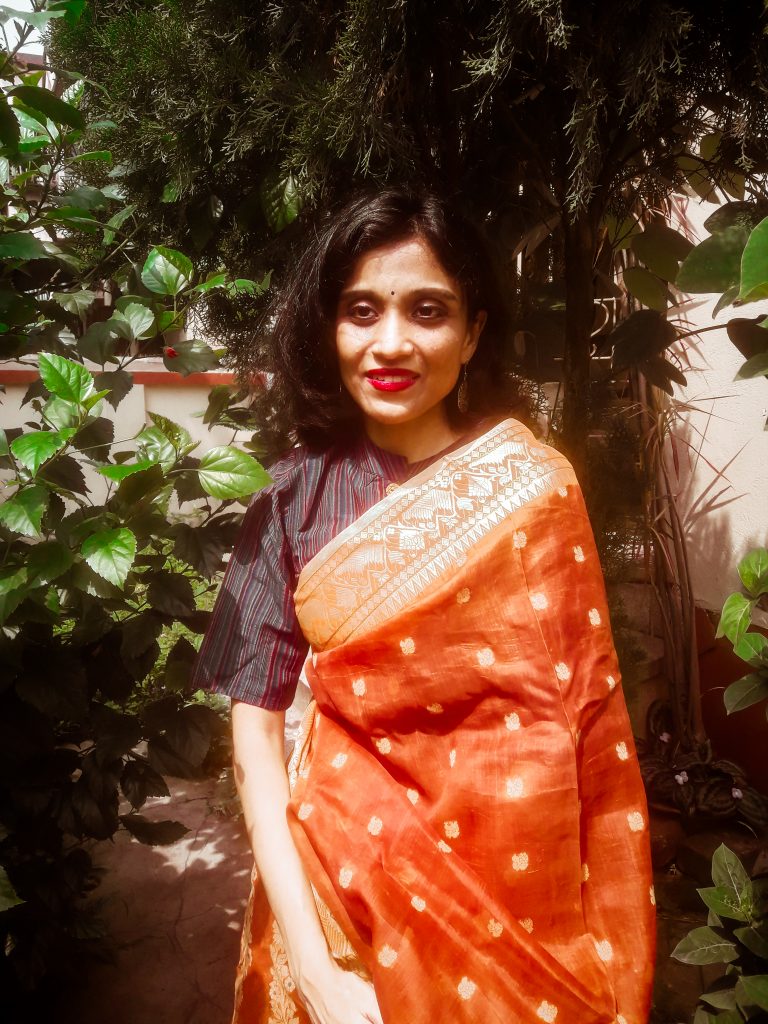
Paromita Patranobish
Independent Researcher
My essay aims to address the figure of waste in contemporary eco-speculative fiction, focusing in particular on the emergence of excremental landscapes as sites for dramatizing new dystopias. Through a study of four texts representing a transnational canon of speculative fiction: Chen Qiufan’s Waste Tide (2013), Indra Sinha’s Animal’s People (2007), Wu Ming-Yi’s The Man With Compound Eyes (2011) and China Mieville’s Railsea (2012), I will examine narrative engagements with waste in its multiple contexts and compositions– from landfills to toxic effluvia, electronic waste, household garbage to nuclear and petrochemical spills– to analyse how filth’s nonhuman materiality generates post-anthropocentric registers of decentered embodiment, distributed agency, entangled sociality, and geontological (Povinelli, 2016) life. With reference to Timothy Morton and Dominic Boyer’s concept of the “hyposubject” I will argue that a philosophical mode of approaching the subject as semantically marked by a subtractive logic, is appropriate to expose the forms of compulsory and coerced dehumanization and invisibilization through which communities are evicted from, made to exist beneath registers and thresholds of (bio)politically delimited subjectivity. These subaltern registers, my work seeks to demonstrate, shift the semantic and by extension ethical implications of the figure of subjectivity to highlight new impersonal, enmeshed, porous and plural configurations of the subject that occupy zones of duress, offering in turn, minor modes of thought, perception, feeling, and collaboration, that have as their common horizon of possibility the devastations, impasses, blockages, and deprivations caused by Anthropocenic “hyperobjects.” (Morton, 2013).

Sarah Gorman
Vanderbilt University
I see waste, or the NON/HUMAN, as a site for political struggle. The refusal to make waste of life or lives is a way to come to solutions that are oriented toward addressing harm and violence outside of the punitive model which brands certain behaviors as crime and ties them necessarily to punishment. Waste is an abolitionist concept with the potential to reconfigure political circumstances in a life affirming and ethically responsive way. Make way for waste, and maybe we can make way for a radically different future
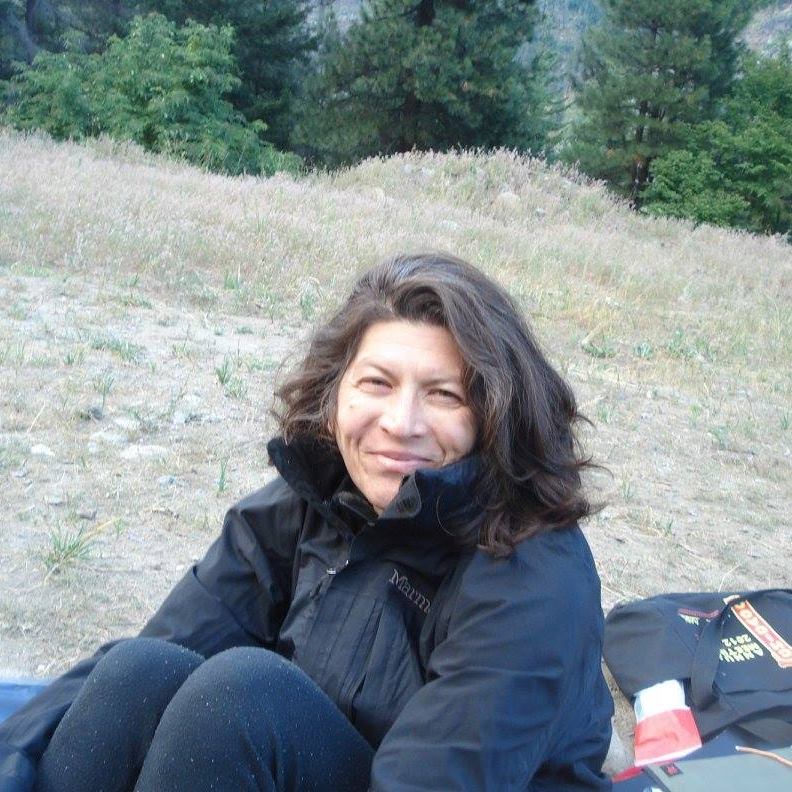
Rebecca M. Gordon
Toronto Metropolitan University
(formerly Ryerson)
Digital Film Restoration and the Ethics of Engagement with Revolutionary Cuban Cinema

Denisa Krasna
Masaryk University
Indigenous epistemologies are full of warnings against human destructiveness and many contemporary Indigenous authors write provocative Anthropocene, stories that question the centrality of humans in the world. In her latest work The Trickster Trilogy (2017, 2018, 2021), the award-winning Haisla/Heiltsuk writer Eden Robinson disrupts traditional anthropocentric narratives by giving agency to supernatural nonhuman characters. While she gives voice to silenced groups, she does not speak for but rather with nonhuman animals by connecting their ongoing oppression in the settler-colonial context to the position of First Nations peoples, echoing Billy-Ray Belcourt (Driftpile Cree) and his decolonial animal ethic that sees colonization of Indigenous peoples and nonhuman animals as interconnected.
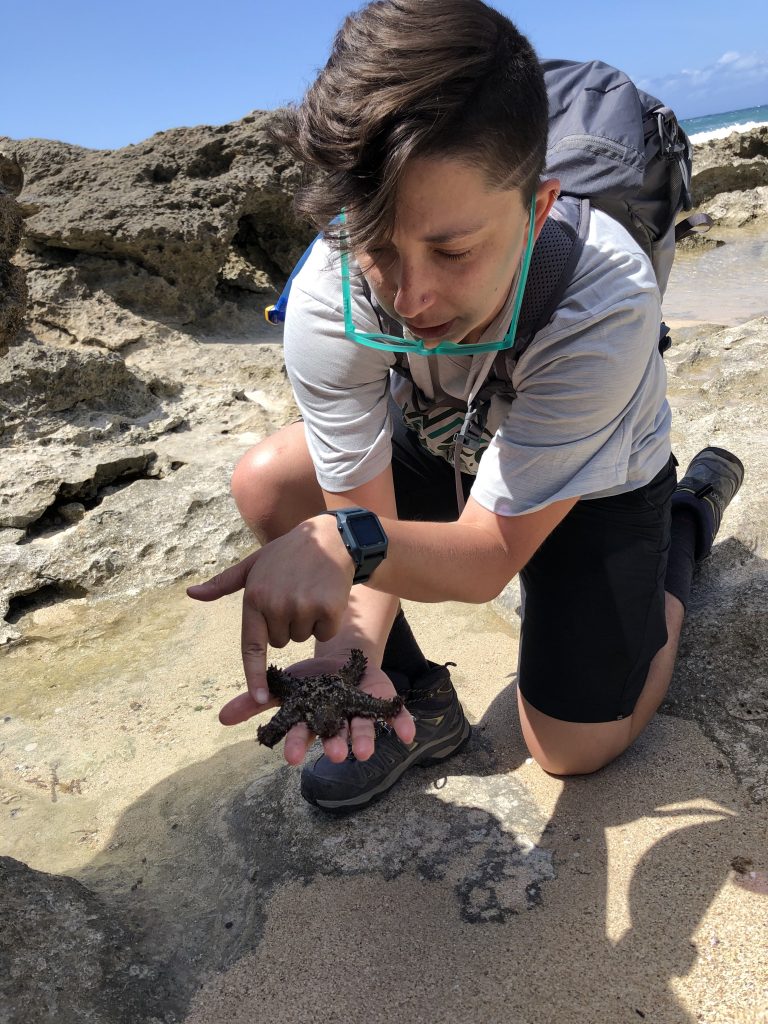
M.A. Miller
University of California, Davis
By looking at two post-enclosure nineteenth-century English novels, Jane Austen’s Sense and Sensibility (1811) and Thomas Hardy’s The Woodlanders (1887), this project aims to historicize woundedness as not an iteration of literary personification, but rather a historically-situated ecological experience. By using nineteenth-century agricultural frameworks of tree wounds–often indicative of overcrowding and overpopulation–and tree ingraftment–also known as solitary reproduction or reproduction without sex–such an article explores woundedness as an in/human concept that re-organizes nineteenth-century conceptions of gender, sexuality, and re/production. The project looks at two protagonists: Marianne Dashwood and Marty South and their intimate, transgressive engagements with trees to ask: what counts, environmentally, as a “healthy” able body and an “unhealthy” disabled body?; and, how do these sex anxieties over tree populations–too many or not enough–in an era of agricapital effect, police, and get mapped onto other bodies, including gender unconforming women?

Nat Steenbergh
Rochester University
This project examines the relationship between the posthuman and Charlotte Brontë’s novels, Jane Eyre and Villette. Brontë’s novels provide a rich terrain and prehistory for analyzing the social structure of gender and how certain acts of behavior, identity, labor, and emotional expression help consolidate, through repetition, the sense of a “real” woman. That is, the production of gender through social interaction and forced gender performance is part of being a posthuman character and likewise a “real” Victorian woman. The essence of humanness is not just something ethereal or vague but a set of affects, drives, and social relations (being seen, being felt, being recognized by others as well as oneself) that has material properties.

Jordan Johnson
Southwestern University
Located along the Texas-Louisiana state line in the heart of occupied Caddo homelands, Caddo Lake is surrounded by bald cypress swamps and flooded hardwood forests. A site of colonial violence as well as industrialization and militarization, the lake emerged as a focal point of intensive conservation efforts in the early 21st century as the imposing presence of Salvinia molesta rapidly reshaped ecological relationships and species composition. Considered an invasive aquatic weed in introduced environments across the globe, at Caddo Lake the aggressive presence of salvinia threatens centuries old cypress forest and fragile wetland ecosystems as well as human communities who depend intimately on the lake. I analyze the exuberant presence of salvinia on Caddo Lake as represented in government reports and PSAs, scientific articles, popular media, and documentary film, taking cues from critical plant studies, feminist science studies, and feminist materialist theory to explore how Salvinia’s presence on Caddo Lake schools us in particularly forceful forms of nonhuman agency, offering a stark lesson in the insufficiency of humanist approaches to the management and mastery of the more-than-human world.

Daria Iuriichuk
Independent Researcher
My research presents an approach to decolonial epistemologies performed by conflicting embodied knowledge systems on borders and their role in radical revision of cultural politics and protocols. For the purpose, I address the case of persecution of people who provide occult services. These repressions locate bewitched bodies in the complex context of the contestable realities represented by hybrid state-capitalist powers, legal local healing practices and illegal reality of witches. The reality of witchcraft, shaped by the violent order and by the resistance to it, can give a perspective on value-generation of social reproduction and systems of cognition for decolonised futures.

Denise Rogers Valenzuela
York University
My project digs into the animacies of corrugated cardboard boxes. I explore the anthropomorphization of cardboard boxes in art and commerce and ask: how does perceiving life or life-like attributes in nonhuman things affect human relationships towards matter or the environment?

Caroline Abbott
Network in Canadian History and Environment (NiCHE)
This study will examine interactions of settler femininity with North American canids in late nineteenth century print media. It will present selections from American newspapers which depict the way these interactions are gendered and prove those depictions dependent upon non-human environmental villains. It seeks to bridge existing research gaps and uproot their dark foils in accounting for the extent to which gendered environmental mythologies harm non-human communities at a key climatological moment. It builds on analyses which consider print media as a liminal space and “negotiating ground” for gender, of frontier as a gendering space, and confronts incomplete critical frameworks for the heroic which neglect harm done to non-human communities: where there are heroes, there indeed are villains.
